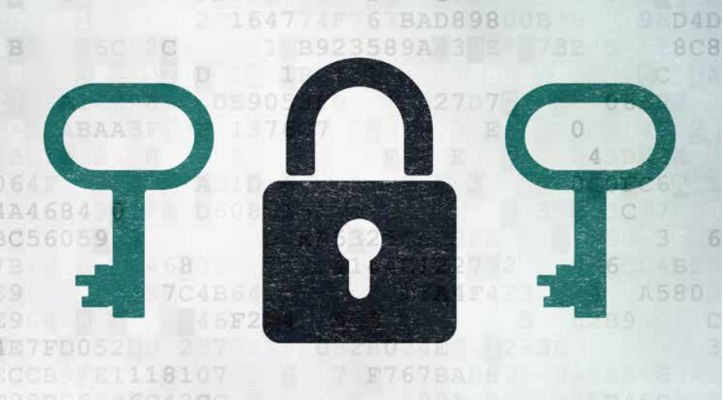
Protecting Your Business
As you ramp up for your busy season, there is a good chance that thieves may be setting their sights on your business. With an increase in vehicle activity and inventory changes at your facility, you have probably taken steps to ensure all of your property and inventory is accounted for and tracked.
But what do you do when a theft occurs?
Take the time to do some spring cleaning and organize important documents you may need in case you need to file an insurance claim. Organized recordkeeping and quick access to files will make the claim filing process go smoother. As you are going through files, both electronically and in print, there are a few critical documents to keep an eye out for.
Inventory. Keep information detailing inventory in a record book. Ensure equipment serial numbers are recorded and include any photos you may have of your equipment. These documents can assist in identifying and recovering stolen items. Include upgrades in the descriptions of property and equipment.
Receipts. Track down any receipts you may have. These receipts can be used as proof of purchase and the dollar value of the items. Collect other documents that show proof of ownership or may assist in recovering or replacing equipment.
Coverage. Before filing a claim, it is important to have a full understanding of your insurance policy. Review coverage information often to assure you are fully protected in case of theft.
Once you have located these files, choose how and where you would like to store them. Storage location is important, as you will want to choose a location that is easily accessible, safe and secure.
Hortica suggests using a fire-resistant cabinet or safe for paperwork with a raised or notary seal. If files are kept in boxes, don’t forget to label each box and keep them elevated to prevent damage in case of flooding.
Two common methods for storing data files electronically are with an external hard drive or a cloud-based system. External hard drives of varying capacities are available as a second — or even third — back up. Just as with boxes, you will want to protect external drives by keeping them off of the ground and in a secure place.
Another option for storing files electronically is through a cloud- based system. Saving files online gives you the ability to access files remotely, any time. Keep in mind many cloud-based hosting sites charge a fee, typically monthly for a set amount of storage space. However upgrading storage space is much easier as no additional hardware needs to be purchased.
Regardless of which option you choose, check the files periodically to ensure they are stored completely and are being backed up properly.
With business files collected, organized and stored securely, you will be able to navigate the claims process more smoothly. Stolen items can be easily identified and recovered using your records. Here are some first steps you should take if you suspect a theft has taken place.
• Notify the police and your insurance agent immediately. • Locate critical inventory records.
• Note the date of loss.
• Write a detailed description of stolen equipment.
This article is of a general nature and is not intended to address the circumstances of any particular individual, entity or event. No one should act on the information contained in this article without advice from a local professional with relevant expertise.
“Protecting Your Business” is based on an article originally published in Smart Insurance, a digital publication of Hortica produced in partnership with GPN.


 Video Library
Video Library 




















